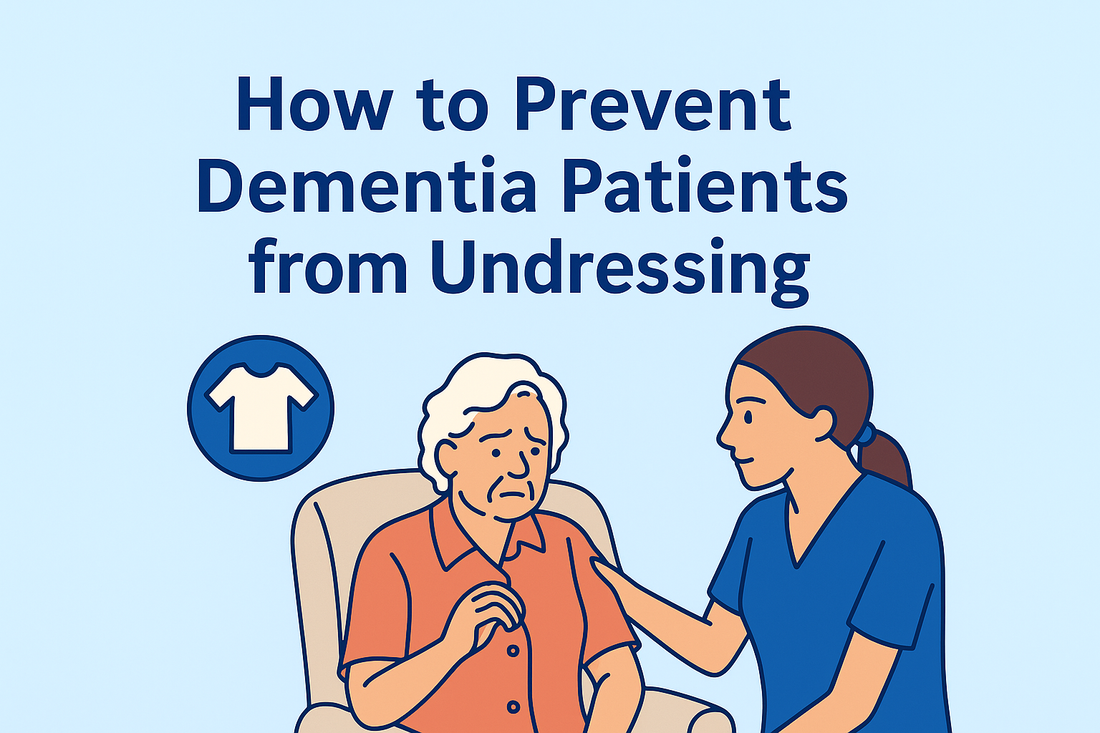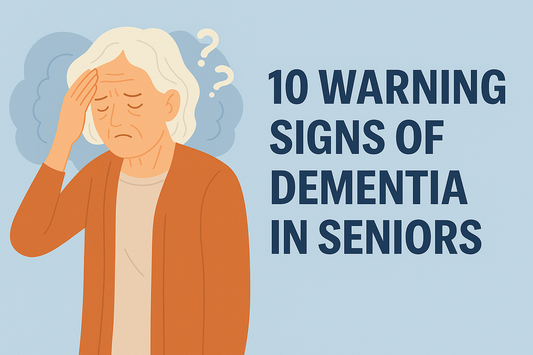
How to Prevent Dementia Patients from Undressing: Caregiver Tips & Clothing Solutions
How to Prevent Dementia Patients from Undressing
Why Do Dementia Patients Undress?
It can be distressing when a loved one with dementia begins removing clothing at inappropriate times. This behavior is usually not intentional and often linked to:
- Confusion — Not realizing where they are or that undressing is inappropriate.
- Discomfort — Clothing may feel too tight, itchy, or warm.
- Medical issues — Incontinence, skin irritation, or pain can prompt clothing removal.
- Routine disruption — Forgetting when to dress or undress.
Common Triggers to Watch For
- Temperature — Room may be too hot or too cold.
- Bathroom needs — Clothing removal can signal a need to toilet.
- Irritating fabrics — Scratchy seams, tags, or tight elastic.
- Boredom or anxiety — Restlessness leads to fidgeting with clothes.
- Time of day — Sundowning can increase confusion and undressing.
Try a simple behavior log (time, place, what happened before) to spot patterns and intervene earlier.
Practical Strategies for Caregivers
- Keep a consistent routine — Predictable dressing/undressing times reduce anxiety.
- Redirect gently — Offer a blanket, snack, music, or simple activity.
- Rule out discomfort — Check toileting, skin irritation, temperature, and fit.
- Choose soft layers — Breathable, tag-free, minimal seams; avoid tight elastic.
- Keep hands busy — Fidget items or folded towels can channel restlessness.
Approach with patience and empathy—avoid scolding, which can increase distress.
Clothing Solutions That Help
- Anti-strip jumpsuits — One-piece designs with back zippers make self-removal difficult while maintaining dignity.
- Adaptive clothing — Easy closures, soft fabrics, and non-irritating seams support comfort and reduce triggers.
- Incontinence-friendly designs — Garments that accommodate products comfortably can prevent irritation-driven undressing.
Explore the Dementia Aide Anti-Strip Jumpsuit — designed for comfort, dignity, and security.
When to Talk to a Doctor
Consult a healthcare professional if any of the following occur:
- Undressing is frequent, escalating, or risky.
- There are signs of pain, rash, or skin breakdown.
- The behavior changes suddenly or is out of character.
A clinician can evaluate for urinary tract infections, constipation, medication side effects, pain, or other issues.
Support & Resources
- Alzheimer’s Association Caregiver Resources
- Alzheimer’s Foundation of America Caregiver Support
- Dementia Aide Blog — practical tips & adaptive clothing solutions.
Final Thought: Preventing undressing is about understanding causes, maximizing comfort, and choosing clothing that supports dignity. With patience and the right tools, you can manage this behavior compassionately.



